Introduction to Crankshafts and Camshafts
The crankshaft and camshaft play essential roles in the operation of an internal combustion engine. These components work together to convert the linear motion of the pistons into rotational energy, which powers the vehicle. While both the crankshaft and camshaft perform distinct functions, their synergy is vital for the engine’s overall performance. Understanding how these parts function can help engine owners recognize potential issues and take the necessary steps for repairs.
The crankshaft is responsible for converting the reciprocating motion of the pistons into rotary motion. This motion drives the wheels of the vehicle. The camshaft, on the other hand, controls the opening and closing of the engine’s valves, regulating the air-fuel mixture entering the combustion chamber. Both parts must operate seamlessly for optimal engine efficiency. Unfortunately, like any mechanical components, crankshafts and camshafts can encounter issues over time. This article will explore common problems associated with these components and provide useful repair tips.
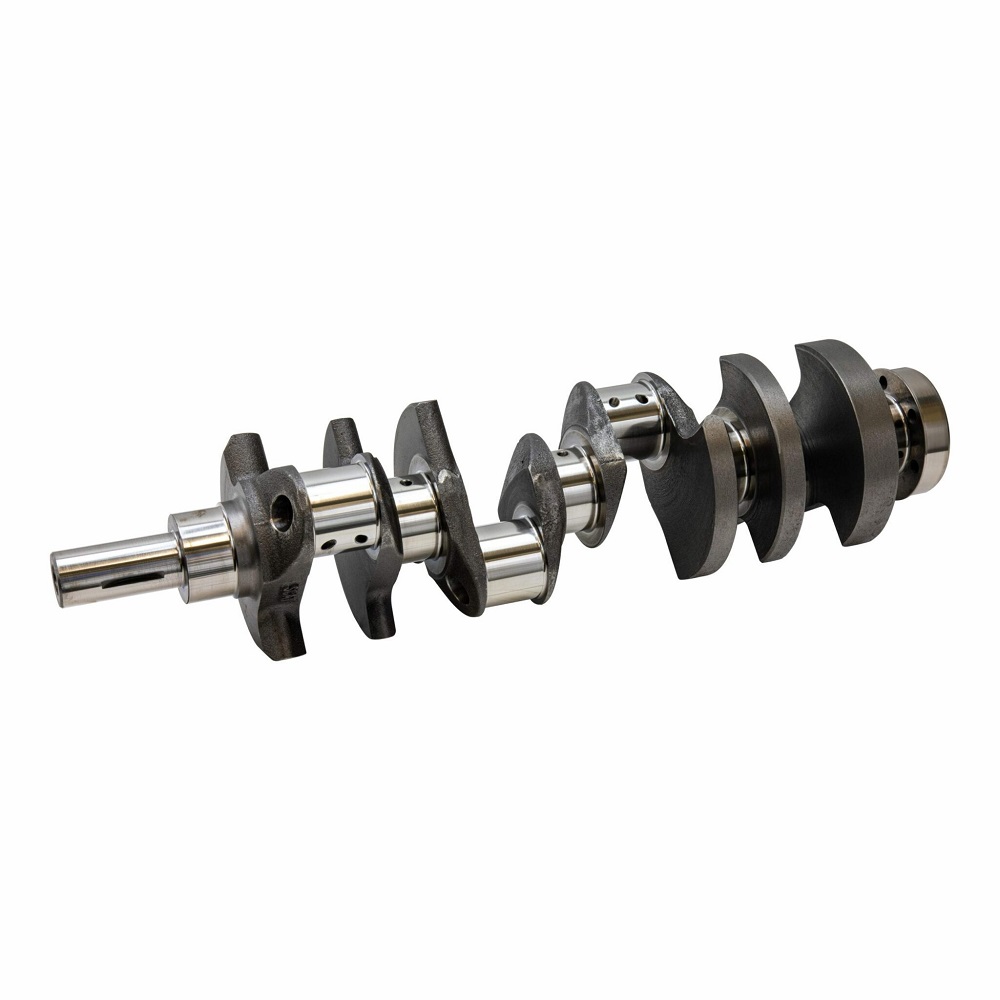
Understanding Crankshaft Functionality
The Role of the Crankshaft
The crankshaft is often considered the heart of the engine. It plays a vital role in the engine’s overall functionality. As the pistons move up and down within the cylinders, the crankshaft converts this linear motion into rotational motion. This transformation is necessary for the engine to produce power, ultimately driving the vehicle. The crankshaft connects to the flywheel, enabling this rotational energy to be transferred to the transmission, which then drives the wheels.
In addition to its primary function, the crankshaft also supports various components of the engine, such as the connecting rods and the oil pump. It must be manufactured with high precision to withstand significant stress and torque. Materials used in crankshaft construction typically include forged steel or cast iron, ensuring durability and strength under extreme conditions. As such, the performance of an engine is heavily reliant on the effective operation of the crankshaft.
Common Crankshaft Issues
Despite its robust design, the crankshaft can encounter various issues over time. One common problem is wear and tear on the main journals and crankpins. These components undergo constant friction and pressure, leading to scoring or pitting, which can significantly affect performance. Symptoms of these issues may include unusual noises during operation, a drop in oil pressure, and vibrations felt throughout the vehicle.
Additionally, crankshaft misalignment can occur due to improper installation or factors such as worn bearings. Misalignment can lead to increased stress on engine components, resulting in further damage if left unaddressed. Recognizing the signs of crankshaft problems early can help prevent more serious and costly repairs down the line.
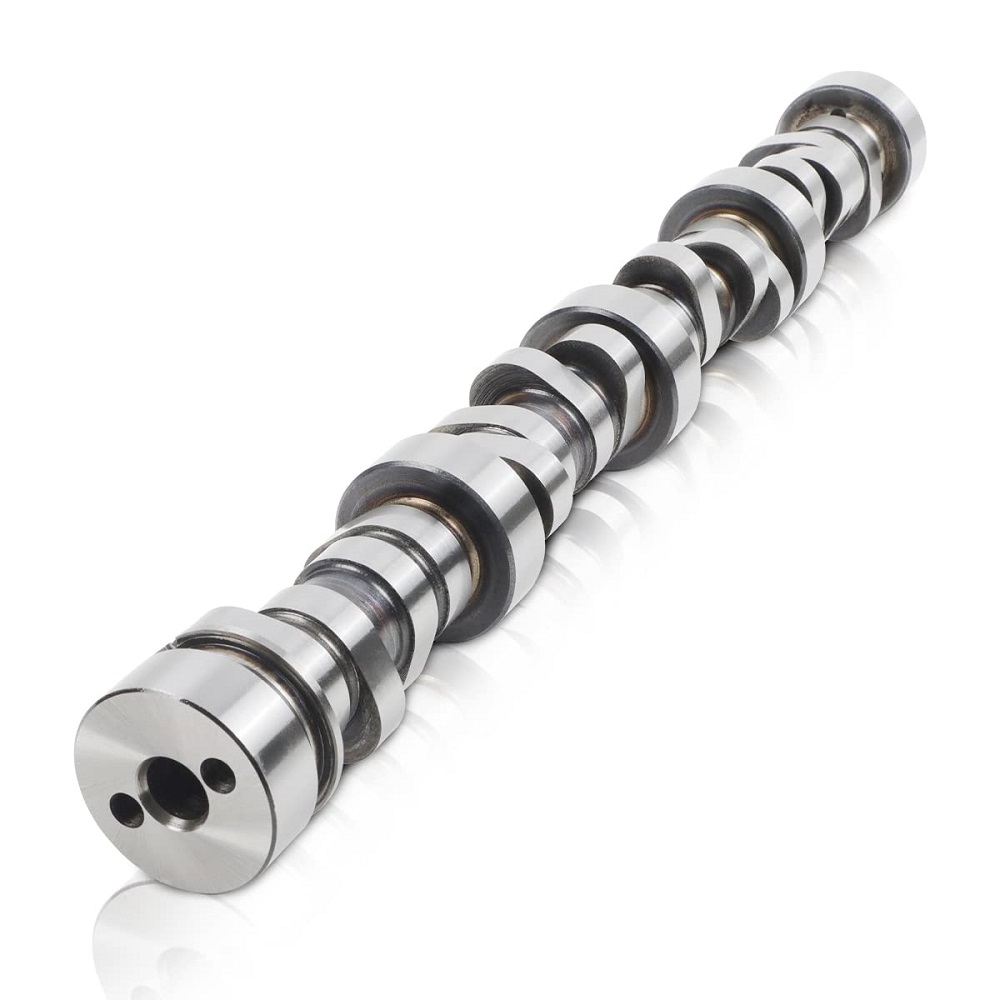
Understanding Camshaft Functionality
The Role of the Camshaft
The camshaft serves an equally important function as the crankshaft. Its primary responsibility is to control the timing of the intake and exhaust valves. As the camshaft rotates, its lobes push against the valve lifters, opening the valves at precise intervals for the air-fuel mixture to enter the combustion chamber and for exhaust gases to exit. This timing is essential for engine efficiency and performance, as improper valve operation can lead to incomplete combustion and loss of power.
Camshafts can be found in various configurations depending on the engine design. Overhead camshafts (OHC) are common in modern engines, allowing for more precise valve control and a higher potential for performance. In some designs, a single camshaft operates both the intake and exhaust valves, while others may feature two camshafts for separate control. Understanding the differences in camshaft designs can provide insights into how they influence engine performance.
Common Camshaft Issues
While camshafts are built to last, they can also experience problems that affect engine performance. One common issue is wear on the camshaft lobes. Over time, the lobes can become flat or damaged due to friction and poor lubrication. This wear can lead to valve timing issues, resulting in rough idling, reduced acceleration, and poor fuel economy.
Another issue is a malfunctioning camshaft timing belt or chain. If the timing mechanism fails, it can result in the camshaft being out of sync with the crankshaft, leading to significant engine damage. Symptoms of camshaft-related problems may include misfires, backfiring, or difficulty starting the engine. Addressing these issues promptly is essential to avoid extensive repairs.
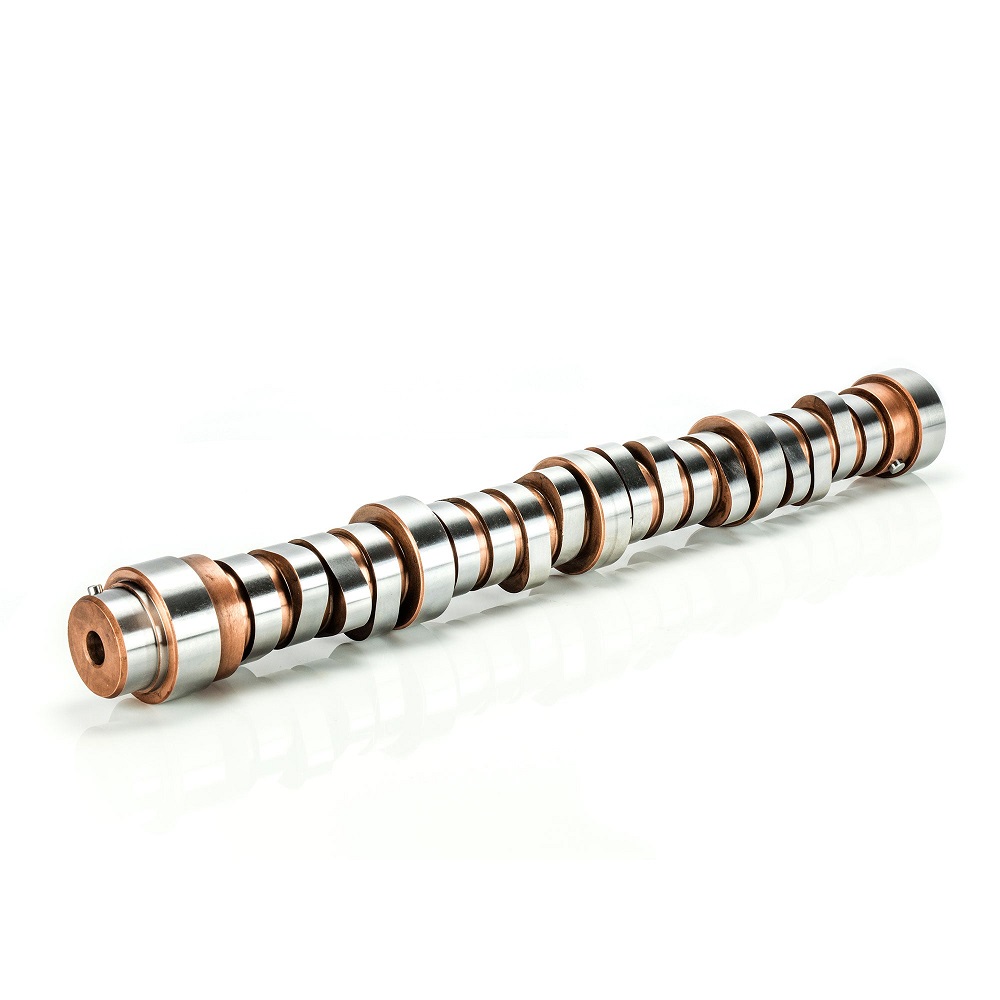
Symptoms of Crankshaft and Camshaft Problems
Listening for Unusual Noises
One of the first indicators of crankshaft or camshaft issues may be unusual noises emanating from the engine. If you hear knocking, tapping, or grinding sounds while the vehicle is running, it could point to wear on the crankshaft bearings or camshaft lobes. This is an important sign that should not be ignored. Unaddressed noise can lead to further damage and costly repairs.
Additionally, listening for an irregular rhythm in the engine can signal timing problems. If the timing of the valves is off, it may produce a distinct sound that differs from the normal operating noise. Being attentive to the sounds your vehicle makes can help you catch problems early, saving you time and money in repairs.
Monitoring Engine Performance
Changes in engine performance are another crucial indication of trouble with the crankshaft or camshaft. If the engine begins to perform poorly, such as experiencing reduced power, poor acceleration, or stalling, it is worth investigating. Issues with the crankshaft’s ability to convert motion into power or the camshaft’s timing can lead to these symptoms.
Additionally, if your vehicle experiences frequent misfires, it may indicate that the camshaft is not opening the valves correctly. A significant loss of power during acceleration can not only be frustrating but dangerous as well. Keeping a close watch on engine performance can help you diagnose issues before they lead to complete failure.
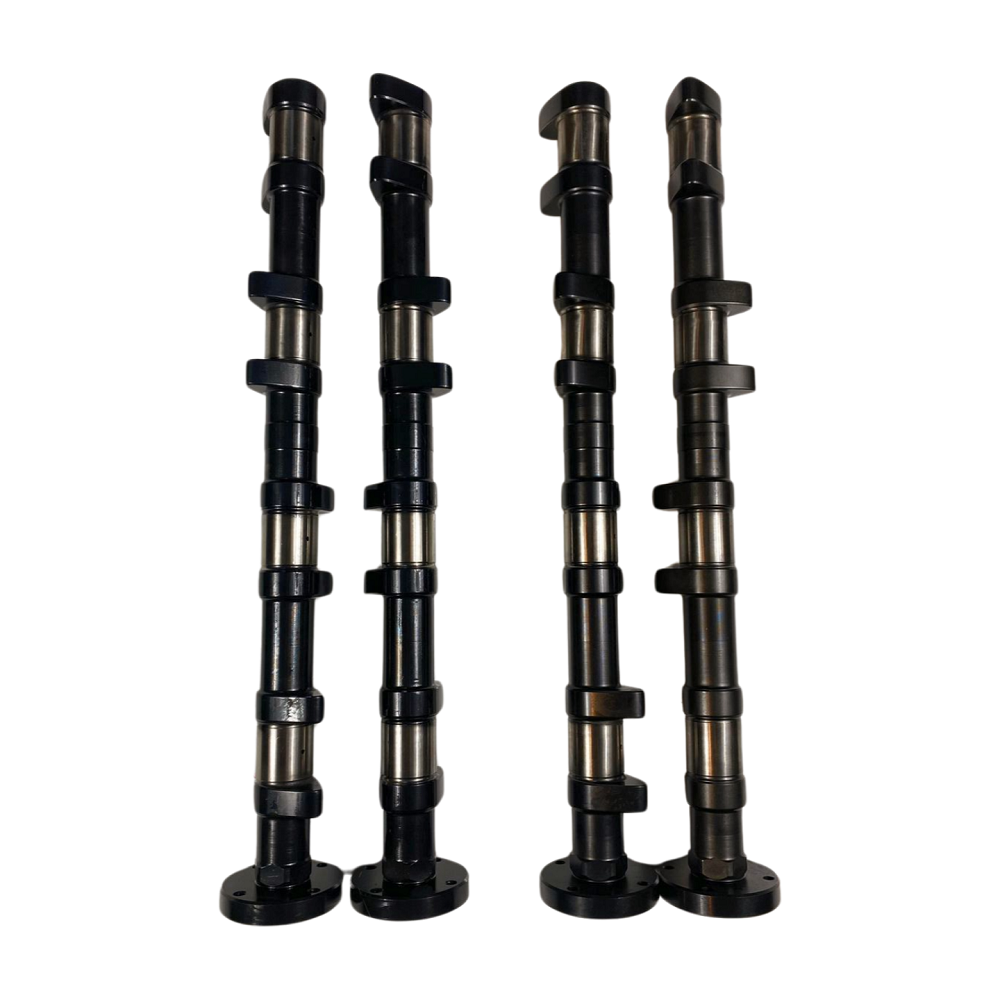
Diagnosing Crankshaft and Camshaft Problems
Using Diagnostic Tools
To accurately diagnose crankshaft and camshaft issues, using diagnostic tools can be invaluable. Modern vehicles are equipped with onboard diagnostic (OBD) systems that can generate trouble codes. When using an OBD-II scanner, you can retrieve codes associated with sensor failures or timing issues related to the crankshaft or camshaft.
Common trouble codes that suggest a camshaft or crankshaft issue include P0340 (camshaft position sensor circuit) and P0335 (crankshaft position sensor malfunction). Identifying these codes provides a strong starting point for diagnosing the problem. However, it is essential to conduct further inspection alongside the codes to accurately assess the situation.
Physical Inspection
In addition to diagnostic tools, a thorough physical inspection can reveal critical information related to crankshaft and camshaft health. Inspect the engine for signs of oil leaks, which could indicate worn seals or gaskets. Check the condition of the timing belt or chain, ensuring it is functioning properly and free of damage.
Visually examining the crankshaft and camshaft components when accessible can reveal wear patterns or damage that may not trigger error codes. Pay attention to tolerance levels, ensuring that no component has excessive play. A detailed physical inspection can uncover underlying issues that diagnostics alone might miss.
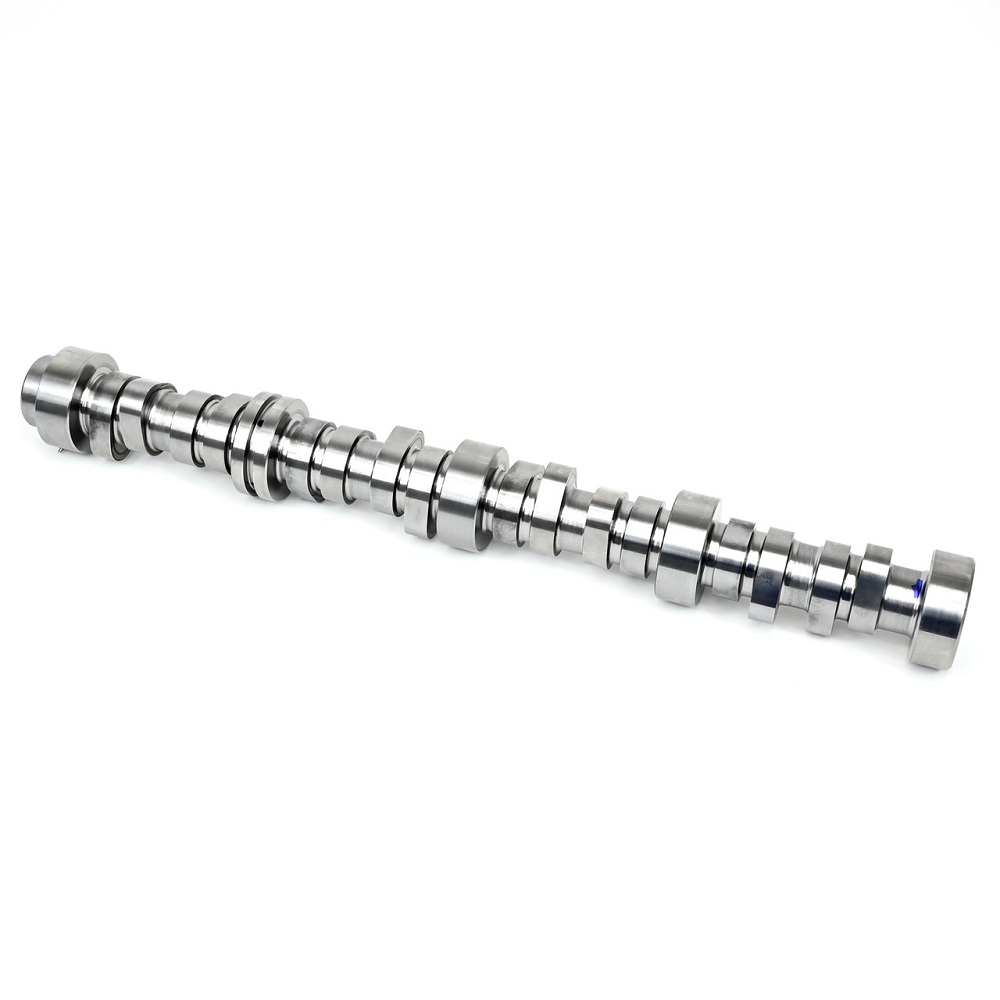
Repairing Crankshaft and Camshaft Issues
Regular Maintenance Practices
Preventative maintenance is essential for prolonging the life of both the crankshaft and camshaft. Regular oil changes using high-quality oil will help reduce wear and tear on these components. Clean, well-lubricated parts are less likely to suffer damage. Additionally, checking for signs of oil contamination can prevent potential issues before they escalate.
Inspect your timing belt or chain at regular intervals, as a worn timing mechanism can cause significant problems down the line. Replacing the timing belt or chain according to the manufacturer’s recommended schedule can prevent serious engine damage. Keeping up with maintenance practices not only prolongs component life but can also enhance overall engine performance.
Professional Repairs and Replacements
If you discover significant issues with the crankshaft or camshaft, professional repairs may be necessary. Depending on the severity of the damage, components may need to be resurfaced, replaced, or refurbished. For more severe damage, a complete engine rebuild may be required.
Consulting a qualified mechanic is important for diagnosis and potential repairs. They can assess the condition of the crankshaft and camshaft, suggesting the best course of action. Professional repairs ensure that all components are replaced or repaired correctly, restoring engine performance effectively. While repairs may require an investment, they can help prevent more serious problems in the future.
The Importance of Understanding Issues
Summary of Key Insights
In conclusion, the crankshaft and camshaft are integral components of any internal combustion engine. Understanding their roles and functions is crucial for recognizing potential problems. By being aware of the symptoms of failure, you can take proactive steps to diagnose and address issues before they lead to severe engine damage.
Maintaining these components through regular inspections and proper care can enhance their performance and longevity. Knowledge of how both parts work together will empower vehicle owners to make informed decisions about repairs and maintenance. This understanding ultimately reflects on the overall health and reliability of the vehicle.
Embracing Preventative Measures
Embracing a proactive approach to engine care allows for enjoyable and trustworthy driving experiences. Being attentive to the condition of your crankshaft and camshaft, as well as performing necessary maintenance, will reduce the likelihood of unexpected failures. By investing time and effort into these components, you ensure more efficient operation and greater peace of mind.
In the ever-advancing world of automotive technology, staying informed about developments related to engine components can also provide added advantages. As new technologies embrace enhanced materials and designs, understanding the evolution of crankshaft and camshaft systems can help you make wise decisions for your vehicle. Commit to taking care of your engine, and you’ll be rewarded with reliability and performance on every journey.
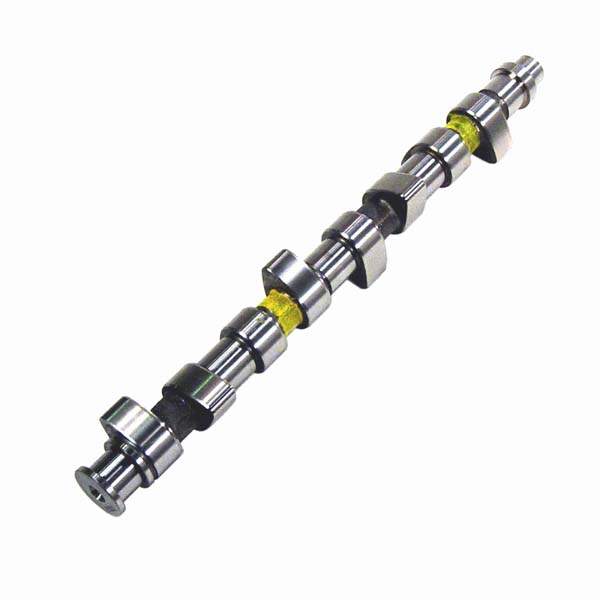
Leave a Reply